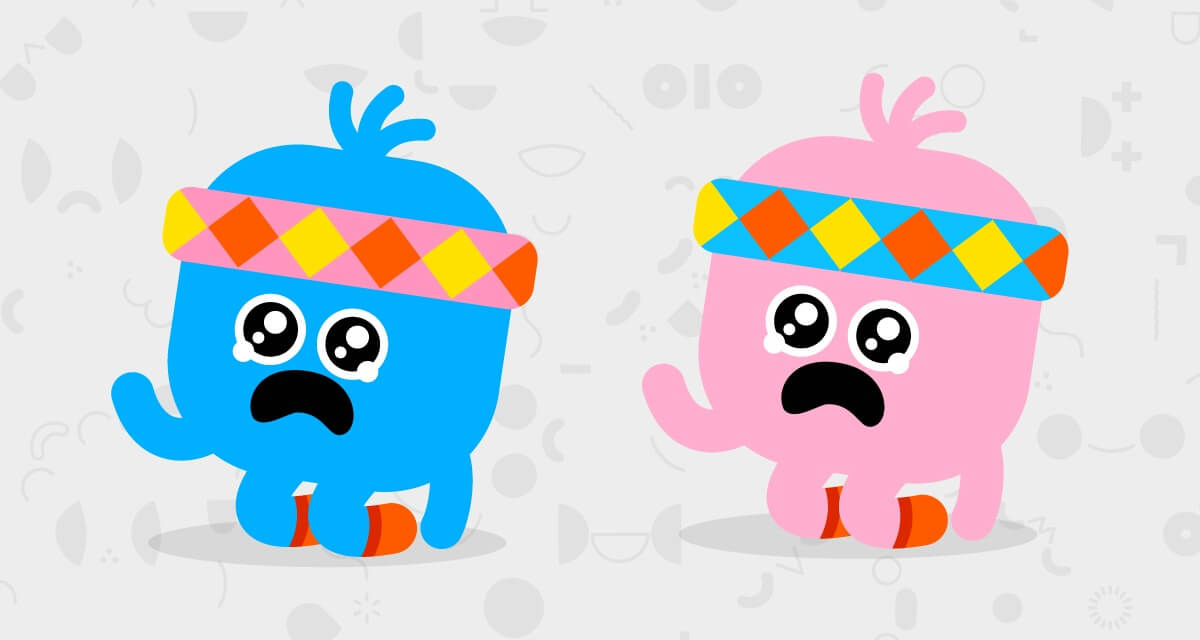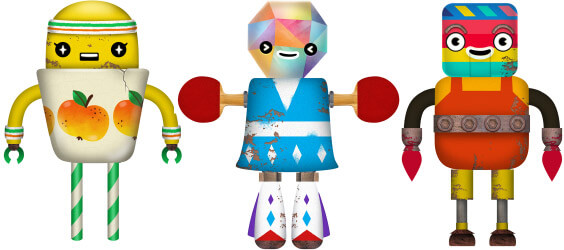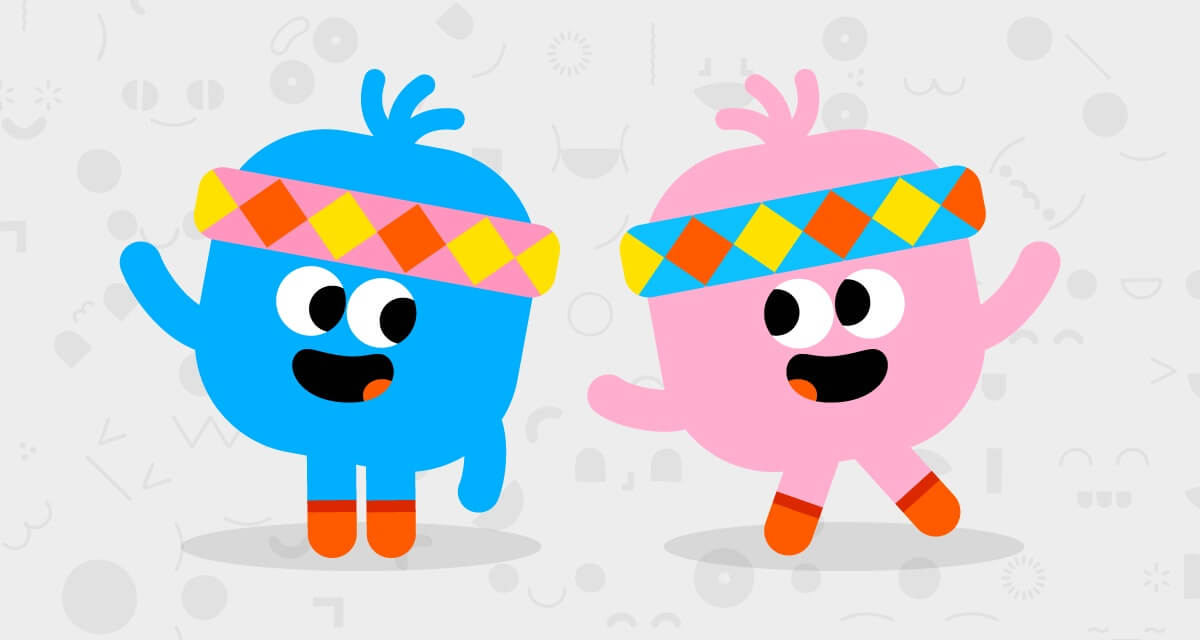- By
- Parker Barry
So how can parents create a healthy play environment for their kids, keeping gender issues in mind?
- 1. Help your kid learn skills to navigate all playtime interactions, including gender roles. Talk about ways for your kids to stand up to teasing; to value and follow their own interests, regardless of what their friends like; to be kind toward others and understanding of different choices. Model fairness, empathy and respect.
- 2. Involve them in simple ways in toys that build skills related to household, caregiving and basic work habits. Boys and girls can learn the same skills for managing home and work life and develop confidence in their abilities in both spheres of influence. Let them play alongside you in the kitchen, home office or anywhere play can happen safely.
- 3. Allow kids to indicate toy preferences without judgment. Avoid shaming kids for wanting a certain toy or playing with a toy that isn’t gender-typical — as well as more subtle disapproval. Ask questions. Observe. Affirm.
- 4. But don’t ignore harmful stereotyping. Speak up for your kid, and for all kids. If someone tells your child, “You can’t play with that, that’s a girl (or boy) toy,” affirm your kid’s choice with a simple, “That’s not true. He (or she) can play with that if he wants to.” Write letters to corporations, if moved. Teen McKenna Pope petitioned the makers of the Easy Bake Oven to make a more gender-neutral model for her brother, and they did. Teen Antonia Ayres-Brown put pressure on McDonald’s to stop asking kids if they want the “boy toy” or the “girl toy” and, after a determined struggle, she got results.
- 5. Limit advertising exposure and make informed choices. Help your kids learn basic media savvy skills about marketing and advertising. Vote with your dollar and protect your kids from harmful images of violence and hyper-sexualization of girls.
- 6. Recognize influences. Parents are an influence, but so are ads, media, friends, school and older siblings. According to one study, girls with older brothers were substantially more masculine than girls with older sisters, and boys with older sisters were more feminine.
- 7. Diversify. The best approach to develop the whole child in your kid is to include gender-neutral toys in your home, as well as gender-specific toys of both genders. (Bonus: This approach also makes playdates at your home a favorite with boys and girls, and kids of all toy preferences!)






